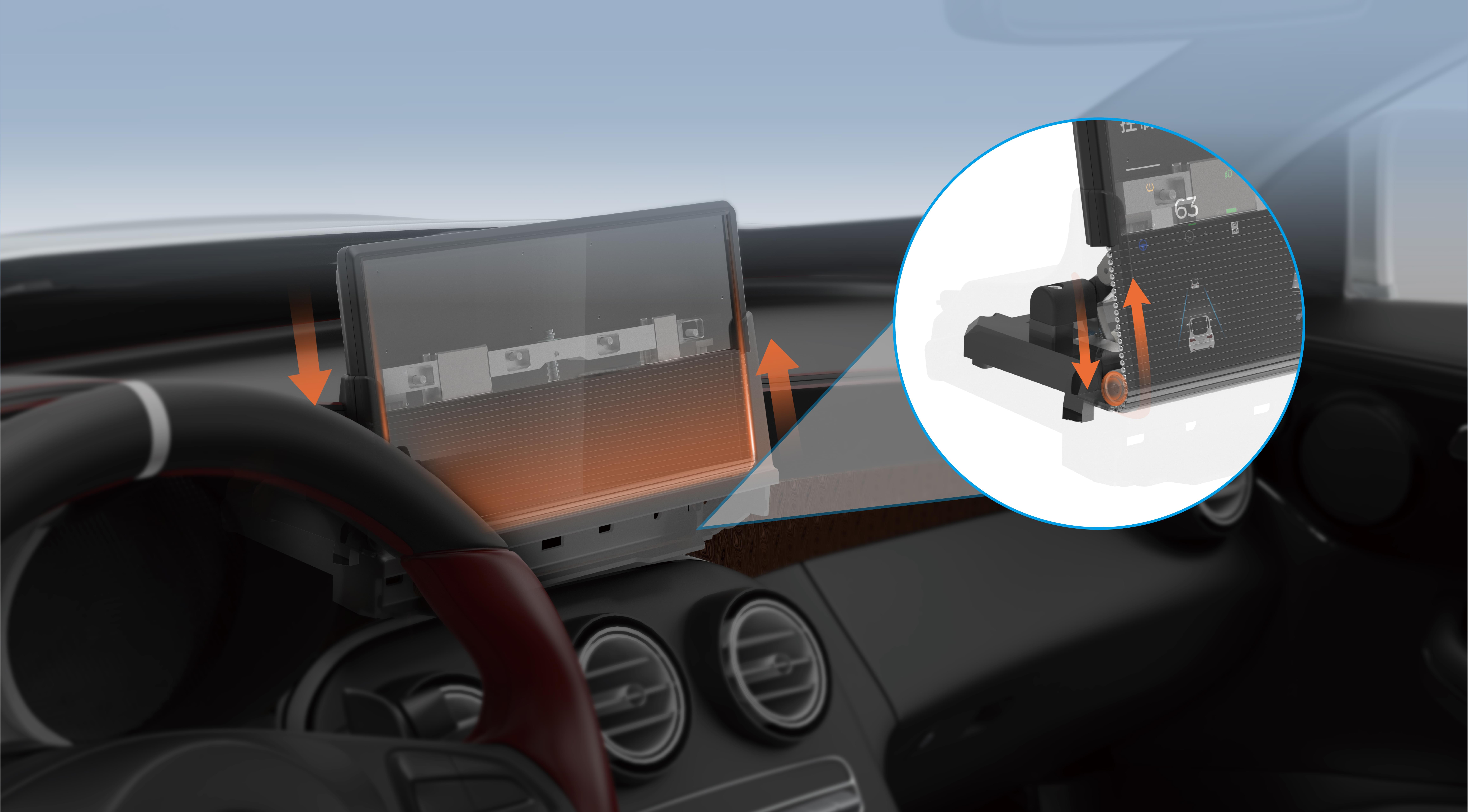Imagine a world where machines realize and execute commands with remarkable precision. From the robotic arms assembling smartphones to autopilots guiding aircraft across vast skies, the hidden backbone powering these feats is often a tiny but powerful component known as the servo motor. But what exactly is a servo motor, and why has it become the heartbeat of modern automation?

At its core, a servo motor is a rotary or linear actuator that allows for precise control of angular or linear position, velocity, and acceleration. Unlike regular electric motors that spin continuously when powered, servo motors are designed to reach and maintain a specific position or speed, constantly adjusting to the command signals they receive. This precision control makes them ideal for tasks where accuracy, repeatability, and responsiveness are paramount.
The anatomy of a servo motor
A typical servo motor comprises several key components: the motor itself, a feedback device (usually a potentiometer or encoder), and a control circuit. When an input signal — often a pulse-width modulation (PWM) signal — is issued, the motor responds by turning to a particular position or speed. The feedback device constantly monitors the motor’s current position or velocity and relays this information back to the control circuit. The control system then makes real-time adjustments, ensuring the motor's output aligns precisely with the desired parameters.
This closed-loop control system, often called a servo loop, is what sets servo motors apart from standard motors. It allows for fine-tuned adjustments, rapid response times, and high accuracy—all critical in applications demanding meticulous operation.
The working principle
Think of a servo motor as a skilled conductor guiding an orchestra: it interprets commands, constantly checks on the progress, and fine-tunes its actions accordingly. When a control signal is sent, the servo’s internal circuitry compares the desired position with the actual position given by the feedback device. If there’s a discrepancy, it energizes the motor windings in such a way as to correct the error, moving the shaft to the correct position.
This feedback loop operates continuously, enabling the servo to hold a position even under external forces or loads. For example, in a robotic arm, the servo ensures each joint moves precisely according to the control instructions, holding its position against gravity or resistance.
Types of servo motors
Servo motors come in two broad categories: brushed and brushless.
Brushed servo motors are the traditional type. They use brushes and a commutator to switch the direction of current in the motor windings, producing rotational motion. They are simple and cost-effective but tend to wear out over time due to brush and commutator contact.
Brushless servo motors (BLDC) eliminate brushes, using electronic controllers to switch currents in the stator windings. They are more durable, offer higher efficiency, and are capable of higher speeds and torque. These are especially favored in high-performance applications like drones, aerospace, and industrial machinery.
Why are servo motors so vital?
The prime reason for the widespread use of servo motors is their superior control capabilities. They excel in tasks requiring high precision—think surgical robots, CNC machining, or telescopic observatories—where even tiny deviations can compromise the entire operation. Their ability to quickly respond to control signals, hold position firmly, and operate smoothly under varying loads makes them indispensable.
In manufacturing, for example, servo motors facilitate robotic welding, packaging, and assembly lines. They coordinate complex movements, ensuring each part aligns perfectly, reducing errors and increasing productivity. The slow, labor-intensive process of manual assembly has been replaced by automated stations powered by servo-controlled machinery.
In modern consumer electronics, servo motors drive camera autofocus systems, stabilizers, and even drones. Their compact size and responsiveness make them perfect for applications requiring miniaturization combined with high performance.
The importance of feedback mechanisms
One of the key features of servo motors is their feedback system. This device constantly relays the current position or speed back to the controller, forming a closed loop. This ability to monitor and immediately correct deviations is what affords the servo motor its exceptional accuracy.
Feedback devices can be incremental or absolute encoders, with the latter providing the exact position even after power loss, which is crucial in applications like CNC machines where the machine needs to resume precisely from a stopped position.
Application in robotics
Robotics is arguably the most prominent field benefiting from servo motors. Whether it's a robotic arm assembling cars or a humanoid robot mimicking human gestures, servo motors provide the finesse needed for intricate movements. When a robot lifts a fragile object or threads a needle, it’s the servo motor’s capability to operate with high precision and rapid response that makes this possible.
In robotic joints, servo motors are used to control single-axis movements with high accuracy and consistency. Multiple servos can work in harmony to produce complex, coordinated behaviors, transforming simple mechanical parts into sophisticated robotic systems.
Conclusion of Part 1
As we venture further into the modern age of automation and intelligent machinery, servo motors are an essential component that bridges the gap between digital control signals and real-world physical actions. Their ability to deliver precise, repeatable, and responsive movements enables countless industries to innovate and excel.
In the next part, we’ll explore specific industry applications in greater detail, discuss the technological evolution of servo motors, and consider future trends that may shape this vibrant field even further. So stay tuned—there’s much more to uncover about this tiny titan of motion.
Leveraging innovations in modular drive technology, Kpower integrates high-performance motors, precision reducers, and multi-protocol control systems to provide efficient and customized smart drive system solutions.




































